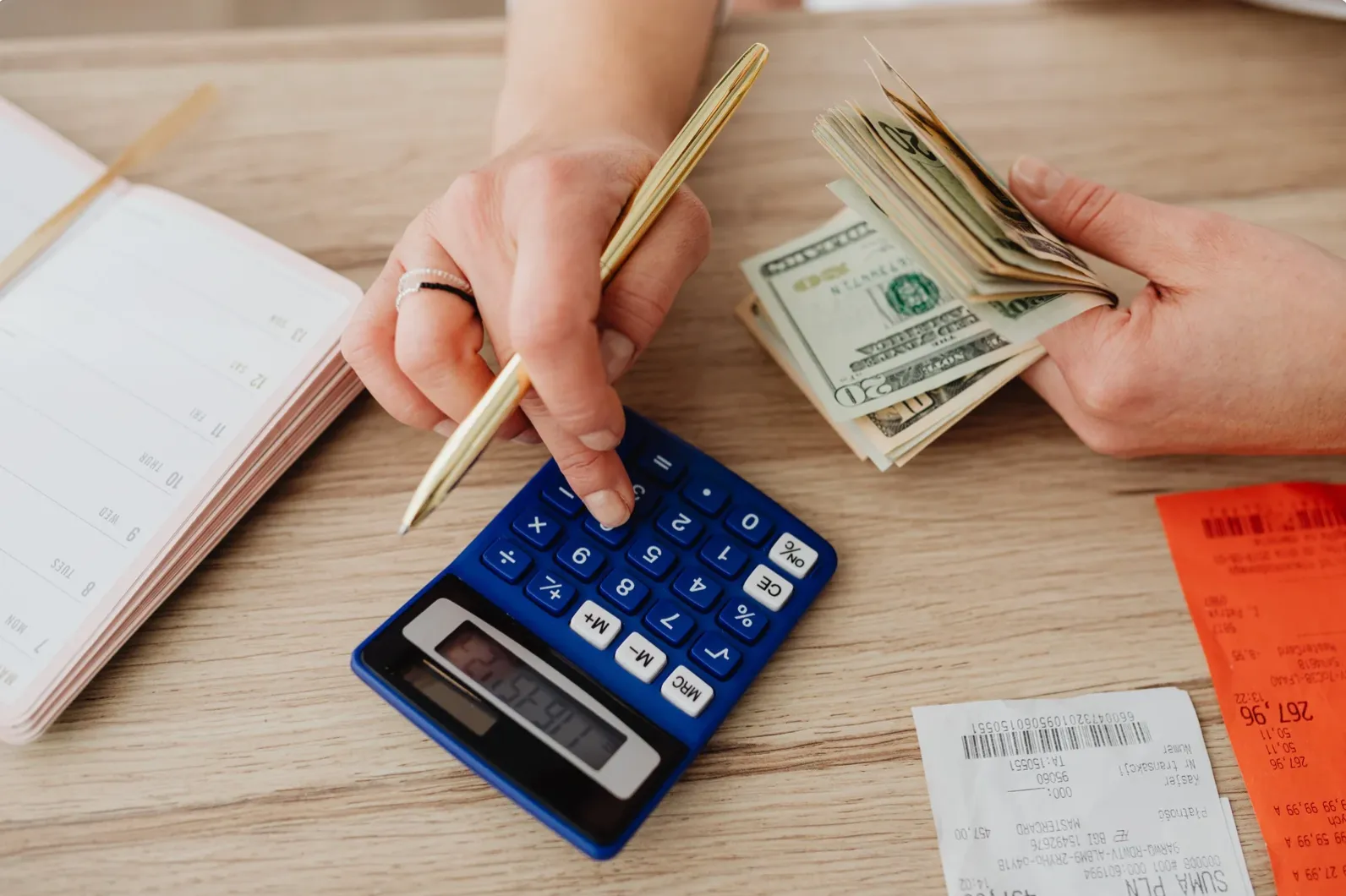Introduction to Trade Spend Analysis
In today’s competitive consumer goods market, companies are investing substantial amounts in trade promotions. Yet, many struggle to quantify the returns on these investments. This is where trade spend analysis becomes a powerful tool. It allows businesses to evaluate promotional effectiveness, improve ROI, and make data-driven decisions. With a systematic approach to analyzing trade spend, companies can identify what works, reduce waste, and drive profitable growth.
Understanding Trade Spend in Promotions
Trade spend typically includes all financial incentives a manufacturer offers to retailers or distributors to promote its products. These incentives can range from temporary price reductions and displays to cooperative advertising and in-store demos. Because trade spend often accounts for 20–25% of gross revenues in consumer packaged goods (CPG) industries, its management has a direct impact on the bottom line.
Trade spend analysis involves examining the return on these investments, identifying high-performing activities, and uncovering inefficiencies. With accurate analysis, businesses can align promotional spending with strategic goals, such as boosting volume, penetrating new markets, or defending shelf space.
The Role of Data in Trade Spend Analysis
Data is the foundation of any effective trade spend analysis. Organizations must integrate data from multiple sources, including:
- Point-of-sale (POS) data
- Shipment data
- Retail audit reports
- Promotional calendars
- Financial systems
Combining these data sets allows businesses to create a holistic view of promotional performance. For instance, by comparing POS uplift during promotions against baseline sales, companies can calculate incremental volume and revenue. This enables the identification of profitable vs. non-profitable promotions.
Key Metrics to Track
To optimize promotions using trade spend analysis, focus on metrics that highlight the efficiency and effectiveness of spend. These include:
Incremental Sales
This measures the additional units sold due to a promotion, compared to a baseline. It helps determine the true impact of the promotion.
Promotional Lift
This is the percentage increase in sales during a promotion versus the baseline. It helps identify which promotions generate the strongest consumer response.
ROI on Trade Spend
Calculating return on investment involves comparing incremental revenue or margin to the cost of the promotion. It’s essential to measure whether trade spend is delivering profit.
Spend Efficiency
This metric looks at the cost per incremental unit sold. A lower cost per unit means a more efficient use of trade dollars.
Post-Event Analysis (PEA)
PEA compares planned results to actual outcomes. It enables course correction for future campaigns and helps build more accurate forecasts.
Segmenting Promotions for Better Insights
Trade spend analysis is most effective when promotions are segmented. Rather than analyzing promotions in aggregate, break them down by:
- Product category
- Retailer or channel
- Geographic region
- Promotion type (e.g., BOGO, price discount, display support)
This granularity allows businesses to discover trends and tailor promotions to specific customer behaviors. For example, a BOGO promotion might work well for beverages in urban areas, while price reductions perform better for snacks in suburban markets.
Using Trade Spend Analysis to Eliminate Inefficiencies
Many organizations run promotions out of habit rather than based on results. Trade spend analysis helps eliminate this waste by highlighting underperforming or ineffective strategies. Some ways this can be applied include:
- Discontinuing low-ROI promotions: If certain retailers consistently deliver low returns, resources can be redirected elsewhere.
- Improving promotional timing: Aligning promotions with seasonal demand or competitor activity increases effectiveness.
- Reducing over-discounting: Analysis often shows that deeper discounts don’t always lead to proportionally higher sales.
By focusing only on high-impact promotions, companies can reallocate trade spend to maximize performance.
Leveraging Predictive Analytics and AI
Modern trade spend analysis goes beyond historical performance. With predictive analytics and AI tools, companies can forecast the likely outcome of future promotions based on past data. These models can simulate different promotional scenarios, allowing businesses to:
- Test different promotion types virtually
- Predict cannibalization of other SKUs
- Understand cross-retailer impact
- Optimize discount levels for maximum return
By combining predictive models with actual results, businesses create a continuous improvement loop in trade promotion planning.
Building a Culture of Analytical Promotion Management
To truly optimize promotions using trade spend analysis, companies must embed analytics into their culture and decision-making processes. This includes:
- Training sales and marketing teams to interpret analytical insights
- Investing in trade promotion management (TPM) and optimization (TPO) tools
- Setting clear KPIs tied to trade investment
- Encouraging post-event reviews for every major promotion
Analytical maturity is not achieved overnight. However, organizations that treat trade spend as a strategic investment rather than a sunk cost gain a significant competitive edge.
Collaborating with Retailers for Better Execution
Retailer execution is often the missing link between well-planned and poorly-performing promotions. Trade spend analysis can uncover where promotions are not executed as planned, such as:
- Shelf out-of-stocks during promotions
- Incorrect pricing
- Missed display placements
Sharing insights from trade spend analysis with retail partners helps improve compliance and execution. Retailers are more likely to support manufacturers who back promotions with data and clear mutual benefit.
Case Study Example
Consider a beverage company that invests millions annually in price promotions. After implementing trade spend analysis, they discovered that:
- 40% of their promotions delivered negative ROI
- Display promotions outperformed temporary price reductions by 20%
- Promotions in mid-sized retailers generated higher lift than those in big-box chains
By reallocating spend based on these insights, the company improved their trade ROI by 25% within a year.
Conclusion
Trade spend analysis is not just about cutting costs—it’s about making smarter, data-driven decisions that improve promotional effectiveness. By integrating data, focusing on key metrics, and continuously refining promotional strategies, companies can boost revenue, improve ROI, and gain a stronger foothold in the market. For any business investing in trade promotions, mastering trade spend analysis is no longer optional—it’s essential for sustainable growth.
